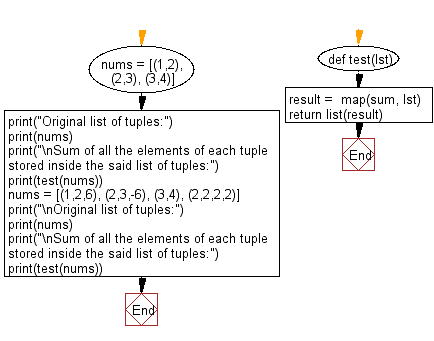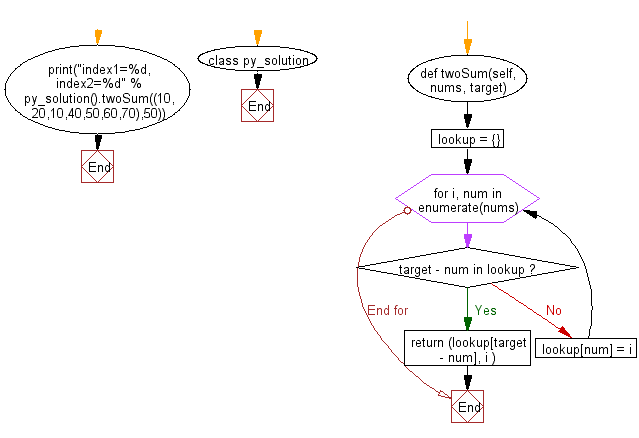
sparse matrices are not subclasses of numpy ndarray.īut, your 3 three matrices do not look sparse. As general rule you need to use sparse functions and methods, not the numpy ones with similar name. Therefore, How should I hstack a number of different sparse matrices?. Note that I am stacking such matrices since I would like to use them with a scikit-learn classification algorithm. However, the dimensions do not match: In : So I tried to hstack them: import numpy as np

With 788618 stored elements in Compressed Sparse Row format>įrom the documentation, I read that it is possible to hstack, vstack, and concatenate them such type of matrices. With 744315 stored elements in Compressed Sparse Row format> I will try to help you as soon as possible.With 878048 stored elements in Compressed Sparse Row format> However, if you have any doubts or questions do let me know in the comment section below. We can use this function up to nd-arrays but it’s recommended to use it till It can be useful when we want to stack different arrays into one row-wise (vertically). Numpy.vstack() is a function that helps to pile the input sequence vertically so as to produce one stacked array. In this article, we have learned, different facets like syntax, functioning, and cases of this vstack in detail. Rows: No, if you use NumPy vstack, the input arrays may have a different number of rows.Ĭolumns: If you use NumPy vstack, the input arrays have to possess exactly the identical amount of columns. Do the Number of Columns and Rows Needs to Be Same? vstack unites arrays vertically.Īside from that however, the syntax and behavior is quite similar. The significant distinction is that np.hstack unites NumPy arrays horizontally and np. NumPy hstack and NumPy vstack are alike because they both unite NumPy arrays together. Difference Between numpy vstack() and hstack() How np.concatenate acts depends on how you utilize the axis parameter from the syntax.
#SUM ELEMENTS IN VSTACK PYTHON PLUS#
So NumPy concatenate gets the capacity to unite arrays together like np.vstack plus np.hstack. NumPy concatenate also unites together NumPy arrays, but it might combine arrays collectively either vertically or even horizontally. NumPy concatenate is similar to a more flexible model of np.vstack. Difference Between Np.Vstack() and Np.Concatenate() Which is the basic requirement, while working with this function.

So, we can see the shape of both the arrays is not the same. But in the variable ‘y’ the array has three elements. Here the point to be noted is that in the variable ‘x’ the array has two elements. After that, we have initialized two arrays and stored them in two different variables. Here firstly we have imported the required module. Output: ValueError: all the input array dimensions except for the concatenation axis must match exactly Explanation: Let’ prove it through one of the example. Can We Combine Numpy Arrays with Different Shapes Using Vstack Note: The shape of the input arrays should be same. Following the storing part, we have used the function to stack the 3-D array in a vertical manner (row-wise). After initializing, we have stored them in two variables, ‘x and y’ respectively. Instead of a 1-D array or a 2-D array in the above example, we have declared and initialized two 3-D arrays. We can use this function for stacking or combining a 3-D array vertically (row-wise). Print ("Vertically stacked array:\n ", res) In this example 1, we will simply initialize, declare two numpy arrays and then make their vertical stack using vstack function. Example 1: Basic Case to Learn the Working of Numpy Vstack Here we will start from the very basic case and after that, we will increase the level of examples gradually. Now, we have seen the syntax, required parameters, and return value of the function numpy stack. Stacked Array: The array (nd-array) formed by stacking the passed arrays. This parameter is a required parameter, and we have to mandatory pass a value. We need only one argument for this function: ‘tup.’ Tup is known as a tuple containing arrays to be stacked. The collection of input arrays is the only thing you need to provide as an input

Can We Combine Numpy Arrays with Different Shapes Using Vstack.Example 4: Stacking 3-D Numpy Array using vstack Function.Example 3: Combining 2-D Numpy Arrays With Numpy.vstack.

Example 2: Combining Three 1-D Arrays Vertically Using numpy.vstack function.Example 1: Basic Case to Learn the Working of Numpy Vstack.


 0 kommentar(er)
0 kommentar(er)
